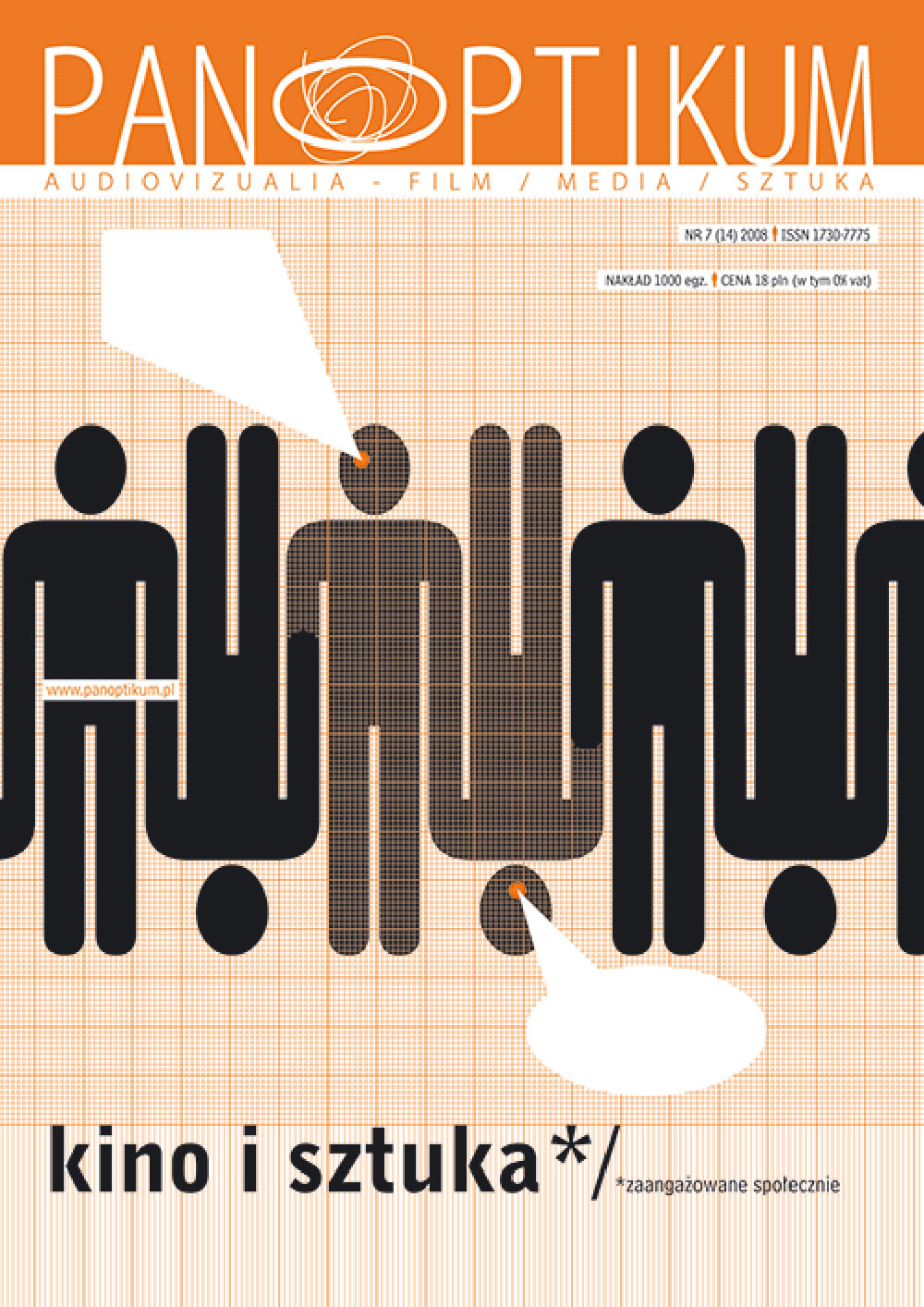In search of social utopia. Genesis of art aimed at social and political problems in the environment of Islands of Gdansk
Abstract
There are a lot of artistic phenomena which have been passed over in polish academic art history between 1945 and 1989. It seems absolutely necessary to explore them. One of them is the issue of creating an artistic formation oriented towards social and political problems in Gdańsk. This text tries to show the outline of the origin of appearing avantgarde art in this milieu in the 80’. Artist analyzed in this text are heirs of avant-garde art which didn’t have its own tradition in Gdańsk. Łódź has been the main centre of art in Poland since the 20’. There were also some artistic formations that remonstrated against the political system in Poland in the 80’ in Łódź, as well as in Warsaw, Poznań and Wrocław. All those artistic phenomena are well known and have quite a large bibliography in contrast to Gdańsk’s. Gdańsk was not important as an art centre until the 80’ because avant-garde art didn’t exist there. Art was developing mostly in nearby Sopot where the Institute of Fine Arts was created after the World War II. Artist from one aesthetic formation (colorism) came to Gdańsk after the War. This new milieu was very monolithic. There were some people from esteemed group KP among them. They were painting well balanced still lives, landscapes and portraits in warm colors. Finally some artist started to create works which showed signs of political engagement in the 80ties. Polish artistic milieu has been divided because of the activity of the Solidarity. Some artist wanted to create independent art, in opposition to the Church and the government. They were connected to Wyspa Gallery located on the Island of Granaries in Gdańsk. They were (for the first time in Gdańsk) making art in public space, performances, they were also analyzing the language of media, creating installations and videos. Their art was not openly against the political system, but a lot of their works started to be like this because of specific political atmosphere of those times. Artist connected with Wyspa (Grzegorz Klaman – the leader, Kazimierz Kowalczyk, Jacek Staniszewski, Robert Rumas, Robert Kaja, Piotr Wyrzykowski, Eugeniusz Szczudło, Jarosław Bartołowicz, Marek Rogulski, Jarosław Fliciński) and TOTART had a great influence on Gdańsk artists in the 90’, which is still not explored sufficiently. Some of them (Grzegorz Klaman, Robert Rumas) became one of the most important representatives of so called “critical art” which had its renaissance in Poland in the 90’.

 Academic Scientific Journals
Academic Scientific Journals





